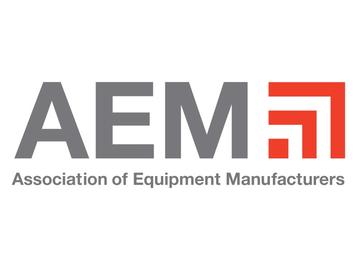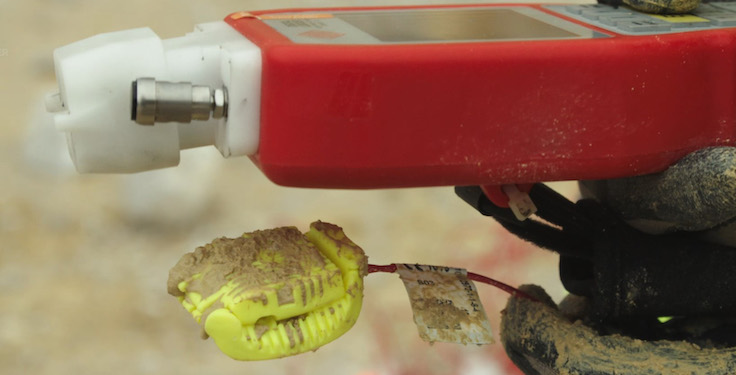
The Association of Equipment Manufacturers (AEM) unveiled its Sustainability Toolkit that provides assessments and resources to help manufacturers and their supply chains minimize operational impacts on the environment.
According to AEM, the purpose of the toolkit is to advance the equipment manufacturing industry’s efforts to align with evolving regulation and support a more sustainable world.
“AEM is committed to serving as a catalyst for transformation in the equipment manufacturing industry,” says Megan Tanel, president of AEM. “The AEM Sustainability Toolkit is a resource to help our member companies take action to deliver lasting change to protect the environment, align with evolving regulations, and accelerate their ability to remain competitive and sell their products globally.”
Toolkit assessments
The toolkit features several assessments designed to help company leaders navigate the evolving sustainability landscape and identify areas for improvement.
Sustainability Maturity Model Assessment – This assessment encompasses the aspects of an organization’s business through a list of attributes. By taking this assessment, AEM says an organization can determine where it falls on the maturity model and develop an action plan to determine how to move forward.
The toolkit offers action plans, tools, and best practices to implement under each of the four phases of the sustainability maturity model.
Supply Chain Readiness Assessment – This self-assessment addresses the range of corporate social responsibility program elements that companies have implemented or are considering. This assessment provides a comparable measure of an organization’s sustainability readiness and indicates areas for potential improvement, AEM says.
Operations Risk Assessment – This survey offers a high-level, common industry risk assessment tool used by OEMs and Tier 1s to identify suppliers that pose risks to the supply chain.
“The AEM Sustainability Maturity Model assessment uses realistic attributes to help companies assess where they are in the identified four phases of sustainability maturity,” says Karen Cecil, director of global environmental sustainability at Cummins, and chair of AEM’s sustainability council. “The assessments in the toolkit provide actionable best practices for improving sustainability opportunities and efficiency, plus minimizing risks.”












